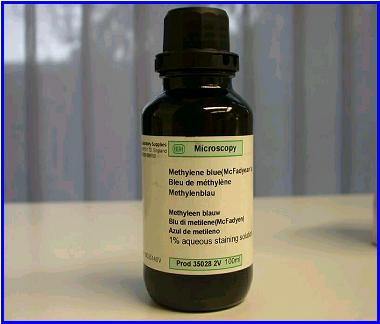
InformationPrimary endodontic treatment Endodontic retreatment Special treatments Endodontics step by stepProduct catalogueOrder and payment information Previous special offers Hand instruments Rotary instruments Operating Microscope General instruments Accessoires Filling materials MiscellaneousRemainingReferences Site map Presentations (RECOMMENDABLE!) Downloads Het Kanaal Links Endoplaza Forum MarketPlaza About Endoplaza Instructions for use website
|
Searching for access to the root canals orifices
Enter the pulp chamber until clear access is gained to the canal orifices. Files
From this page the following products can be ordered in our catalogueback to last chapter: Placement of rubberdam forward to next chapter: Cleaning and shaping of the coronal part of the root canals |


